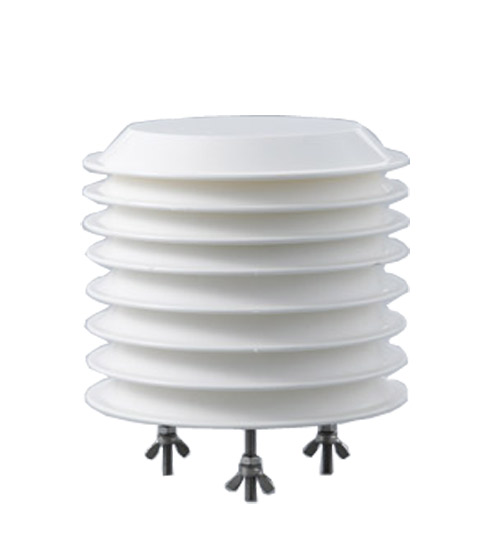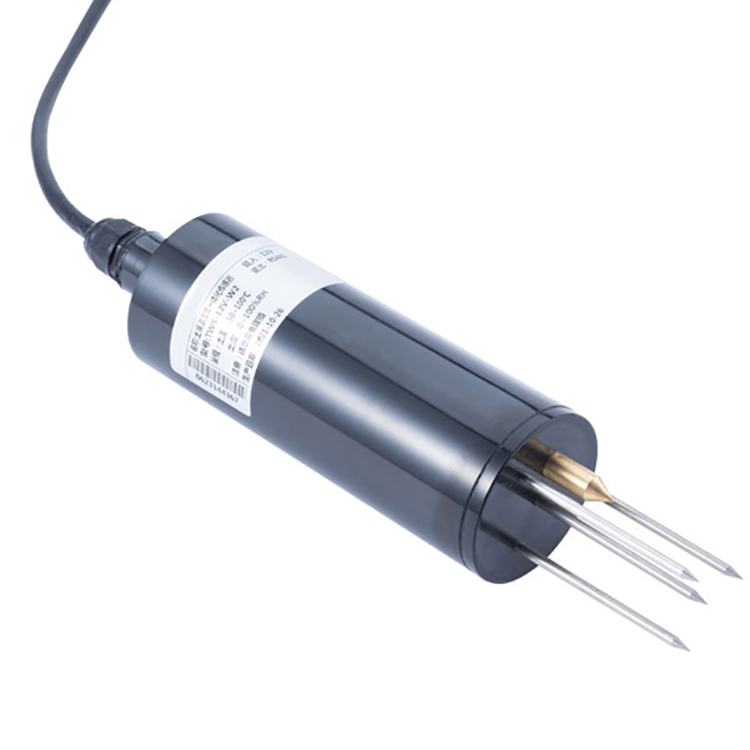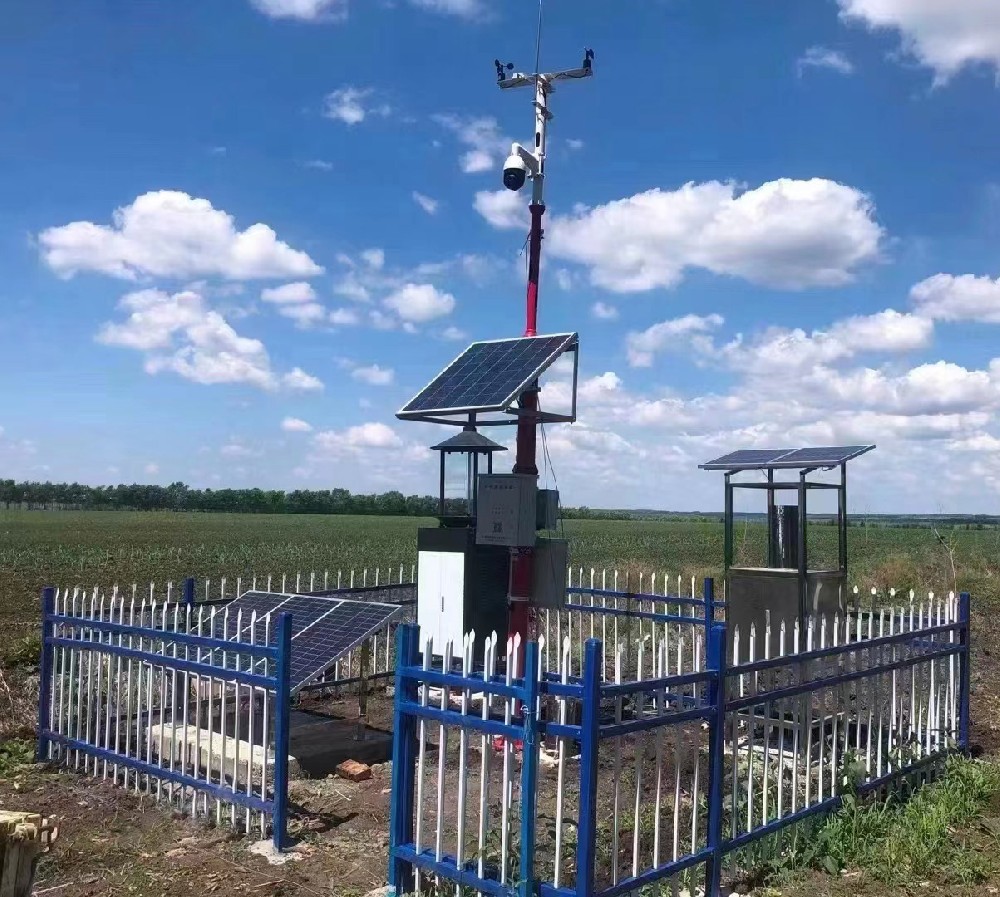

— Products —
 Consumer hotline +8618073152920
Consumer hotline +8618073152920 WhatsApp:+8615367865107
Address:Room 102, District D, Houhu Industrial Park, Yuelu District, Changsha City, Hunan Province, China
All products
weather stations provide farmers with valuable tools that enable them to make informed decisions about agricultural practices, predict changes in weather patterns, and adapt to climate change. With access to real-time and accurate weather information from weather stations to help them optimize farming practices and make informed decisions about irrigation, fertilization, pest management and crop planning, farmers can improve operational efficiency, increase yields and ensure ···
Tel/WhatsApp:+8615367865107
Email:Arvin@niubol.com +Nearly 100 partner company in more than 68 countries. We are committed to providing high-quality, practical products to meet your needs and help you solve problems.Product Details
Farmer weather station is a kind of automatic weather station specialized in serving agricultural production. It usually consists of sensors, collectors, communication modules, etc. It can monitor temperature, humidity, rainfall, wind speed, wind direction and other meteorological parameters, and transmit the data to a computer or cloud platform for storage and analysis.
The main role of farmers' weather station is to provide farmers with timely and accurate meteorological information, help farmers better arrange agricultural production activities, prevent and respond to natural disasters, rationally utilize resources, and improve the efficiency and quality of agricultural production.
Compared with conventional weather stations, farmers' weather stations are more targeted, practical and flexible, and can better meet the needs of agricultural production. Through the installation and use of farmers' weather stations, farmers can more conveniently obtain local weather data and, based on the results of data analysis, formulate more scientific and reasonable agricultural production plans and management measures.
| Measured | Measuring range | Resolution | Precision |
| Humidity | 0~100%RH | 0.1%RH | ±0.5℃ |
| Temperature | -40~80℃ | 0.1℃ | ±5%RH |
| Atmospheric pressure | 10~1200hPa | 0.1hPa | ±1.5hPa |
| Soil temperature | -40~80℃ | 0.1℃ | ±0.5℃ |
| Soil Humidity (moisture) | 0-100%RH | 0.1%RH | ±5%RH |
| Conductivity | 0-10000us/cm | 1us/cm | ±5% |
| Wind speed | 0~70m/s | 0.1m/s | ±(0.3+0.03V)m/s |
| Wind direction | 0~360° | - | ±3° |
| Illuminance | 0-200000Lux | - | ±7% |
| Rainfall | 0-4mm/min | 0.2mm | ±4% |
| Solar radiation | 0~2000W/m2 | - | ≤5% |
| CO2 | 0~2000ppm | 1ppm | ±7% |
| Supply mode | 220V | DC12-24V | solar power optional |
 |  |  |  |  |
| Anemometer Wind Speed sensor | Wind direction sensor | Tipping bucket rain gauge sensor | Tipping bucket rain gauge sensor | Piezoelectric Rain Gauge |
 |  |  |  |  |
| Atmospheric Temperature Humidity air pressure Sensor | ultrasonic wind speed and direction sensor | 5 in1 Ultrasonic Weather Station Sensor | 6 in1 Ultrasonic Weather Station Sensor | 7 in1 Ultrasonic Weather Station Sensor |
 |  |  |  |  |
| Carbon dioxide(CO2) sensor | Solar Radiation Sensor | Photosynthetically Active Radiation Sensor; | illumination sensor | Soil Moisture Temperature sensor |
Weather stations are very useful to farmers because they can provide continuous and detailed information about weather conditions in their area. This information can help farmers optimize farming practices and make informed decisions about irrigation, fertilization, and pest management.
Weather stations typically include sensors that measure a range of environmental variables such as temperature, humidity, wind speed and direction, rainfall, barometric pressure and solar radiation. These sensors are connected to data loggers, which are responsible for collecting and storing the data. The data can then be downloaded to a computer or mobile device for analysis and interpretation.

Here are some of the ways in which weather stations can benefit farmers:
1. Irrigation management: Farmers can use data from weather stations to better manage irrigation by monitoring soil moisture and rainfall. This helps to avoid over- or under-watering of crops, which can lead to reduced yields and wasted water.
2. Pest management: Certain pests thrive in certain weather conditions. By monitoring weather data from weather stations, farmers can predict when certain pests are likely to appear and take appropriate measures to prevent crop damage.
3. Fertilizer management: Meteorological data can help farmers determine the best time and amount of fertilizer to apply to their crops based on factors such as temperature, rainfall and soil moisture.

4. Crop planning: Meteorological data can help farmers plan planting and harvesting schedules based on seasonal weather patterns.
5. Weather forecasting: Weather stations can provide accurate real-time weather data that can be used to predict future weather conditions. This can help farmers prepare for extreme weather events such as droughts or floods and adjust farming practices accordingly.
6. Farmer weather stations can also provide area-specific microclimate data, which is essential for understanding the environmental conditions that affect crop growth and yield. By analyzing microclimate data, farmers can determine the crops that are best suited to their land and determine the best time to plant and harvest.
7. Farmers can also use weather stations to monitor the effects of climate change on crops and livestock. Over time, they can analyze trends in weather patterns and adjust agricultural practices to changing conditions.
In short, weather stations provide farmers with valuable tools that enable them to make informed decisions about agricultural practices, predict changes in weather patterns, and adapt to climate change. With access to real-time and accurate weather information from weather stations to help them optimize farming practices and make informed decisions about irrigation, fertilization, pest management and crop planning, farmers can improve operational efficiency, increase yields and ensure sustainable agriculture.

The price of an Farmers weather station varies depending on factors such as brand, features and performance. Generally, basic models of Farmers weather stations cost between $300 and $1000. Higher-end models or professional-grade Farmers weather stations may cost more, reaching thousands of dollars or more.
The difference in price depends mainly on the following aspects:
1. brand and manufacturer: Farmers weather stations from well-known brands usually come with a higher price tag, but also tend to provide more reliable and accurate data.
2. features and sensors: different models of Farmers weather stations may have different features and sensors, such as wind speed sensors, wind direction sensors, precipitation sensors, and so on. The more features and comprehensive sensors the weather station has, the more expensive it usually is.
3. Data Acquisition and Connection: Some Farmers weather stations support wireless data transmission and can be used to view data remotely via cell phone or computer, while others require a wired connection to acquire data. Weather stations with wireless connectivity tend to be more expensive.
4. Reliability and durability: High-quality Farmers weather stations are often made of durable materials and advanced technology, with high reliability and durability, and these factors will also have an impact on the price.
It should be noted that the above prices are for reference only, and the specific prices may vary due to market supply and demand, regional differences and sales strategies. When buying Farmers weather station, it is recommended to choose according to your own needs and budget.
In conclusion, Farmers weather station is a widely used equipment in many scenarios, which can provide accurate weather data to help people understand and adapt to the local climate conditions and make corresponding decisions, as well as provide important data support for meteorological research, environmental monitoring and weather forecasting.
Prev:Visibility meter
Sensors & Weather Stations Catalog
Agriculture Sensors and Weather Stations Catalog-NiuBoL.pdf
Weather Stations Catalog-NiuBoL.pdf
Related recommendations
 Multi-Depth Soil Sensor RS485
Multi-Depth Soil Sensor RS485 TDR Soil Moisture Sensor
TDR Soil Moisture Sensor Pyranometer Solar Radiation Sensors
Pyranometer Solar Radiation Sensors Soil ph sensor
Soil ph sensor Tipping Bucket Rain Gauge
Tipping Bucket Rain Gauge Air Temperature and Humidity Sensor
Air Temperature and Humidity Sensor
Screenshot, WhatsApp to identify the QR code
WhatsApp number:+8615367865107
(Click on WhatsApp to copy and add friends)